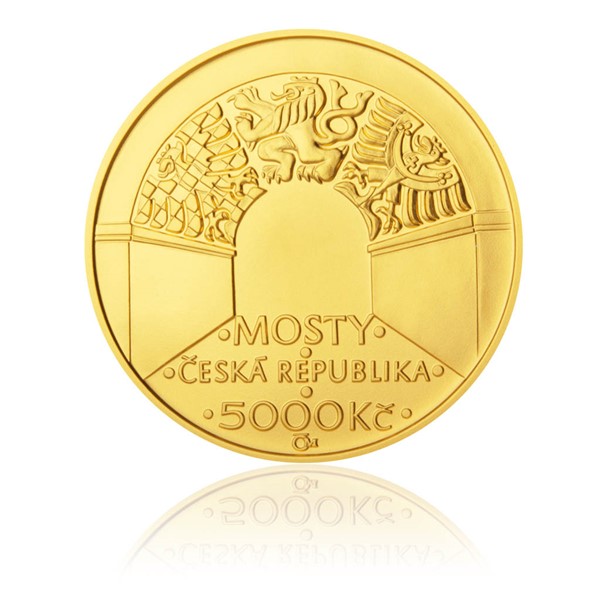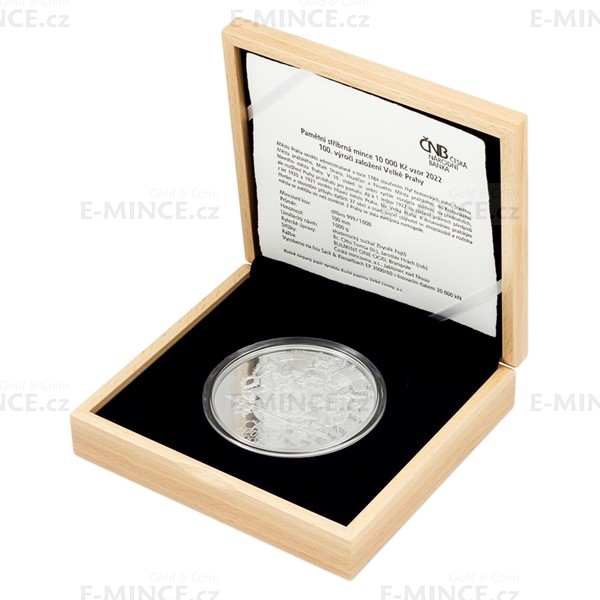Best Tips On Sandblasting Czechoslovakia Coins
What Is The Reason And How Can An Image Made From Plaster Scanned Into A Digital 3d Version For Gold Coins Or Gold Medals?The process involves scanning a maquette to produce a 3D digital model of gold coins or medals. A special equipment is utilized to capture the details and dimensions of the model in digital format. The digital copies are utilized for various uses during production.
3D Scanning: High-resolution 3D scanners are utilized to capture all dimension and details of the model. These scanners capture measurements and geometry by using a variety of methods, including laser scanning or the structure light.
Capturing Surface Information - The scanner emits light or laser beams that hit the the plaster model. The distortions or reflections created by these beams are captured by the scanner, which records the model's surface details.
Data Collection - As the scanner moves across the surface of the plaster model, it gathers an enormous amount of data points, which creates an electronic representation of the model's geometry, contours, and details.
Conversion to 3D Model: The data points are reconstructed by specially designed software. This model replicates the physical characteristics and measurements of a plaster maquette.
Reasons for Creating a Digital 3D Model
Digital 3D Models allow accurate reproduction of the physical model's dimensions and details. It is important to maintain this accuracy in order to make sure that the design and style of the gold coin or medal corresponds to the original.
Digital models can easily be modified or upgraded. Designers can adjust the 3D model without altering the plaster model in its original form. This allows for repeated corrections or improvements.
Compatibility with manufacturing Processes: Digital 3D models can be utilized with different manufacturing methods, such as CNC machining and 3D printing. This allows the rapid creation of molds and other dies.
Archiving and Documentation - Digital 3D models function as an archived record of the design. Digital models are saved for future use, as reproductions or historical documentation.
By scanning the plaster model and creating an electronic 3D model, manufacturers and designers can improve the efficiency of their production to ensure accuracy when replicating and make use of the latest manufacturing technologies to make gold coins or medals with a high degree of precision and fidelity to the original design. See the top Scanning and 3D Modeling Czechoslovakia gold coins site advice. including platinum coins, cost of a gold bullion bar, buy gold biscuits from bank, platinum coins, golden dime, one oz of gold, 1 10 ounce gold coin, ngc grading, buy gold coins near me, purchasing gold bars and more.

How Does Laser Technology Work To Refine The Surface Of A Gold Coin Medal Die?
Laser technology is a great tool to create dies and master hubs that are more accurate through the use of precise information. This is how laser technology is used in this process. Surface Refinement
The surface of the master hub or die is re-polished with laser technology after initial machining. It can smooth out imperfections or remove burrs.
Detail Enhancement-
Laser methods of engraving or ablation are employed to enhance or create intricate details on master hubs or dies. Lasers enable precise removal or etching of materials that allows for the creation of intricate lines, textures or intricate patterns.
Microstructuring-
Laser microstructuring is the process of creating microscopic features or textures on the surface of the die. This method is employed to create unique patterns or textures that improve the aesthetic appeal or security features of medals and coins.
Surface hardening or treatment
Lasers are often used to treat or strengthen the surface of dies, or a master hub. This can enhance the wear resistance and endurance of the material, and ensure long-term durability of the die during the process of striking.
Precision Alterations
Laser technology provides an exact method to alter or correct the die, or master hubs, without altering the geometry. The surface is altered to correct any imperfections or discrepancies that could affect the quality or the coins or medals that are struck.
Controlled Material Removing
Laser ablation permits exact removal of materials. This is especially useful in areas that require fine details to be defined. It is a non-contact method of material removal process that maintains the integrity of surrounding areas.
The use of lasers to refine and enhance features on master hubs and dies gives a higher degree of accuracy and finer details. It also improves surface quality. It enhances the traditional machining process which allow for precise manipulation and improvement of the characteristics of the die's surface essential for the production of high-quality gold coins or medals. Take a look at the top rated laser processing Prague Mint gold medals website examples. including ancient coin, liberty gold coin, gold angel coin, 1975 gold penny, 1oz gold price today, cost of a gold bullion bar, one oz of gold, double eagle coin, gold buffalo coin, american eagle gold coin price and more.
How And Why Are Gold Blanks Of High Quality Weighed And Measured Prior To The Process Of Minting Begins?
To ensure consistent and accurate gold awards or coins High-quality blanks have to be meticulously prepared for the process of minting. Learn the procedure and how it is performedPreparation of the process Gold Material Selection Gold that is of high purity is used for creating blanks. The gold is refined to meet purity standards needed for coinage.
Gold Blanks are made by blanking. Blanking is the process of cutting discs or planchets that are the dimensions of coins gold using special machinery or stamping.
Accurate Measuring and Weighting
Weighing Every blank is weighed individually to ensure that it meets the specified requirements for the coin. This ensures that each piece contains exactly the amount of gold required for the denomination desired.
Measuring- The diameter, thickness and overall dimensions of each blank are measured with precision instruments to ensure consistency and conformity to the design specifications.
Inspection and Control of Quality
Visual Inspection - Every blank is examined visually to find surface imperfections or irregularities that may affect the quality of the finished product.
Rejecting Sheets Not Compliant - To ensure uniformity, blanks that do conform to the standards required in terms of weight, dimensions or quality are rejected.
The reasons for preparing
Consistency throughout the Minting Process: Precisely measured and weighted blanks will guarantee uniformity. A uniform weight and dimension ensures uniformity in the striking. This produces coins or medals that are identical in quality and value.
Accurate Gold Content: Each blank is precisely weighed to ensure that the final piece of coin or medal has exactly the amount of gold intended. This guarantees accuracy in both purity and value.
Uniform Blanks Avoid Variations Uniform blanks prevent weight or size variations that could impact the legality, value, and usability of a coin or medal used in circulation or in commerce.
Quality Assurance - Strict control measures are followed when making blanks in order to guarantee only the highest quality blanks, free from defects, proceed through the process of minting, reducing any chance of defects appearing in the finished products.
Legal Compliance. It is essential that all coins, regardless of whether they are for use in circulation or are intended for commemorative purposes, meet the standards and legal requirements established by the regulatory agencies or mints.
In order to produce precise, high-value, and legally compliant coins or medals, it is vital that gold blanks are created with precision and consistency. Follow the recommended gold blanks for Prague Mint gold medals blog examples including cost of gold coins, 1 4 oz gold coin, coin gold silver, angel coin, ngc grading, gold panda coin, george washington gold dollar, american eagle gold coin, british sovereign gold coin, gold coin store near me and more.

How Are Gold Blanks Loaded Into Coin Presses At High Pressure And Stamped?
During the coining process the gold blanks are placed in coin presses under extreme pressure. They are then stamped to make finished medals or coins. Here is an overview of how to load blanks.
Gold blanks, previously prepared and inspected for quality and quality, are then loaded into a feeder system, which is connected to the coin press. This feeder ensures that the blanks are continuously supplied to the machine.
Blanks for Feeding to the Press
The feeder system feeds the blanks into the strike chamber in the coin press, one at a. The feeder system ensures that each blank is placed precisely to allow for stamping.
Alignment and Positioning-
The blanks are positioned and aligned inside the chamber for striking of the press in order to ensure they are perfectly centered for the stamping process.
Moving under Pressure
A coin press is a device that applies high pressure on gold-plated blanks using two dies, one stationary and the second moving. The stationary die is the negative image of the coin's design, and the one that moves is the hammer which strikes the blank.
The moving die hits the blank with great force, and the design is transferred onto the blank's surface. Die pressure results in relief and detail that is raised on the coin.
Striking repeatedly is optional.
To create designs or images that are more sharp and clearer, multiple strikes may be applied on rare coins or collectible editions. Each strike enhances the fine details of the surface of the blank.
Collection and ejection
Once struck, the newly-minted coins or medals are ejected from the press and collected in containers or trays. They are inspected for quality control to make sure that the designs are in line with the specifications and standards.
Post-Processing-
Based on the specifications of the mint or design, coins and medals can undergo additional treatments, such as edge lettering, reeding, or post-strike treatments.
The process of stamping gold blanks using pressure is crucial because it transfers the desired design to the blanks of gold. These are then transformed into finished coins or medals ready for collection, circulation or even commemoration. This process is extremely precise, since any slight variation in alignment or pressure could affect the quality and appearance of the final item. Check out the top minting Prague Mint gold medals more recommendations. including 2000 olympic, old coins, buying silver bars, 1 4 oz gold coin, price for one ounce of gold, bullion bars gold, gold quarter 2000, $20 gold coin, gold bullion cost, gold medal swimming and more.
